How does flash photography work?
March 15, 2024
Mastering Flash Photography: A Complete Guide
In the domain of photography, controlling light is paramount to transforming your vision into reality. So here’s the technical summary – Flash photography, often relegated to a mere tool for compensating for insufficient ambient light, can also be a profound artistic and technical discipline upon closer examination. Today we’re going to talk about both so you can learn exactly how flash photography works.
This guide aims to demystify the complexities of flash photography, offering photographers at all levels a pathway to harnessing its potential for creative expression and technical refinement. Sound good? Let’s dive in! If you want a more comprehensive guide breaking down the individual aspects of flash photography, click here.
The Fundamentals of Flash Photography
Flash photography introduces artificial light into a photographic scene to illuminate subjects, enhance textures and colors, and control the overall ambiance of the image. It stands at the intersection of science and creativity, enabling photographers to manipulate light with precision.
The Imperative of Flash Photography
Delving into flash photography unveils a spectrum of creative possibilities:
1. Overcoming Low Light Situations
Flash provides a reliable solution for photographing in environments where natural light is lacking, ensuring subjects are adequately illuminated.
2. Detail and Color Enhancement
Strategically deployed flash can unveil hidden textures, enrich colors, and clarify details that might remain obscured under natural lighting conditions.
3. Motion Freeze Capability
The rapid discharge of flash is capable of freezing motion, allowing for the sharp capture of fast-moving subjects.
4. Contrast and Depth Control
Through manipulating shadows and highlights, photographers can achieve a desired level of contrast and depth, enhancing the visual impact of their images.
5. Expanding Creative Boundaries
Flash opens new avenues for creative exploration, from crafting mood and atmosphere to directing viewer attention within the frame.
Advanced Considerations in Flash Photography
Achieving mastery in flash photography involves a deep understanding of light dynamics and the technical aspects of flash operation.
Balancing Distance and Intensity
The inverse square law illustrates the relationship between the distance of the flash from the subject and the resultant light intensity. Managing this balance is critical for attaining the desired exposure and effect.
Synchronization and Camera Settings
The integration of camera settings with flash output is crucial for achieving harmonious exposures. Aperture, shutter speed, and ISO must be carefully aligned with the flash’s intensity, considering the camera’s sync speed to prevent underexposure.
Light Quality and Direction
The nature of the light—whether hard or soft—affects the aesthetic quality of the photograph. Direct flash yields a harder light with distinct shadows, whereas diffused light softens shadows and contrasts. The direction from which light is cast significantly influences the perception of form and texture in the subject.
Expanding Your Flash Toolkit
Progressing in flash photography entails experimenting with various techniques and creative approaches:
1. Off-Camera Flash
Utilizing off-camera flash enhances control over the light’s direction and quality, facilitating more sophisticated and nuanced lighting setups.
2. Techniques for Softening Light
Employing bounce flash techniques and diffusers can mitigate the harshness of direct flash, yielding more naturalistic lighting effects.
3. Multi-Flash Configurations
Incorporating multiple flashes, each serving different roles, allows for the creation of complex lighting environments that mimic professional studio settings.
4. Embracing High-Speed Sync
High-speed sync permits the use of flash at shutter speeds beyond the camera’s sync limit, enabling broader aperture use in well-lit conditions for shallow depth of field effects.
Cultivating Proficiency in Flash Photography
Developing expertise in flash photography is a journey marked by continuous learning and experimentation:
- Begin With Fundamentals: Acquaint yourself thoroughly with your flash unit and its interaction with various camera settings.
- Dedicated Practice: Engage with diverse environments and subjects to understand the practical implications of flash use.
- Analytical Study: Examine the work of established photographers to gain insights into effective flash usage.
- Community Engagement: Seek constructive feedback from fellow photographers to refine your techniques and perspective.
- Ongoing Exploration: Stay open to new technologies, methods, and creative concepts in flash photography to keep evolving your craft.
Flash photography is a sophisticated tool that, when mastered, significantly enhances the photographer’s ability to shape light, atmosphere, and narrative within their work. It offers a conduit for artistic expression, extending beyond mere technical necessity to become a vital component of the photographic process.
By embracing the principles and techniques detailed in this guide, photographers can unlock the full potential of flash photography, elevating their work through precision, creativity, and a deeper understanding of light’s transformative power! As you continue to explore and experiment with flash photography, remember that the journey is one of perpetual growth and discovery, driven by the pursuit of capturing the world through your unique lens.
Ready to learn more? Come grab our flash photography freebie to learn alllll about how flash photography works.
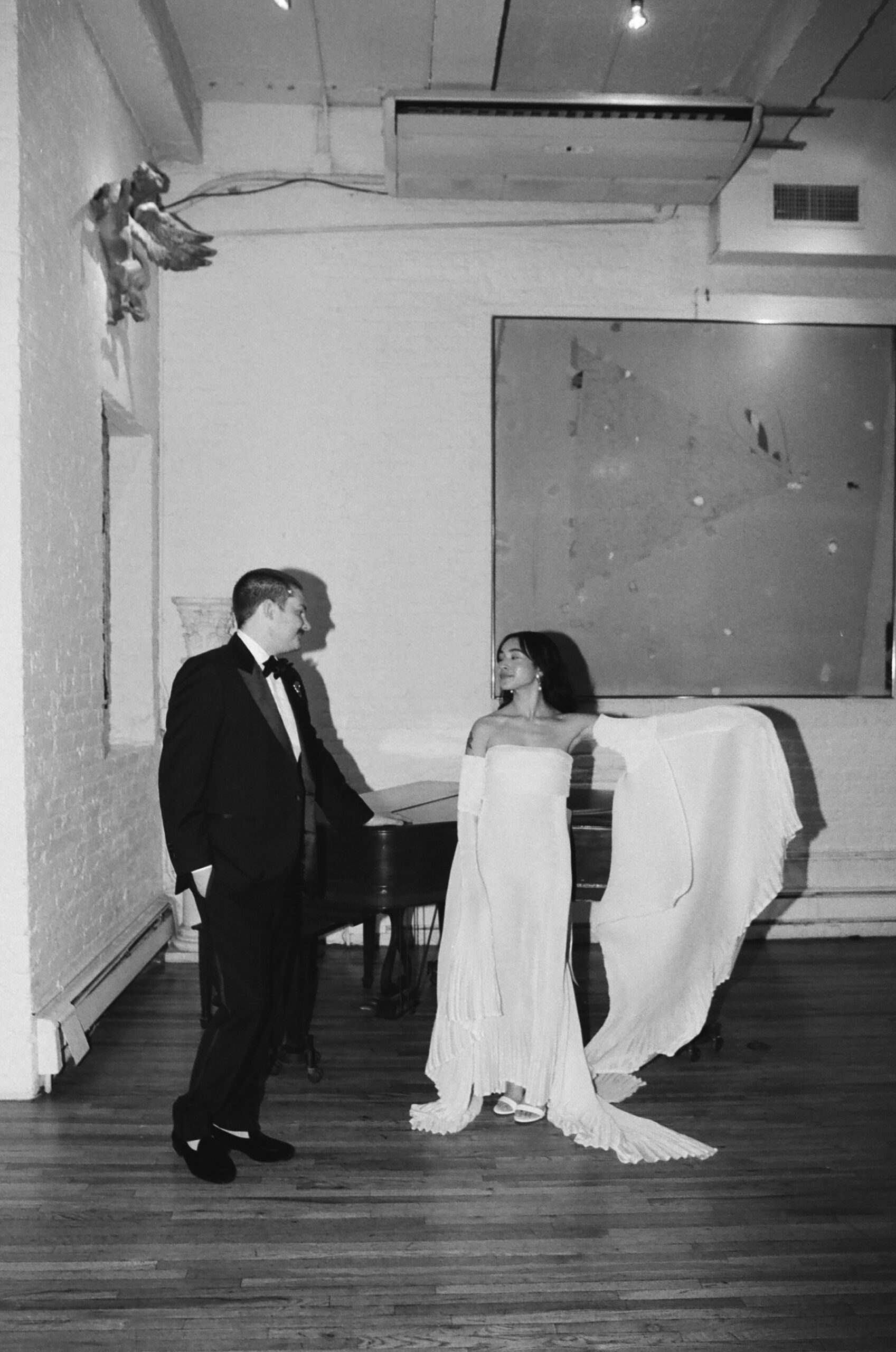


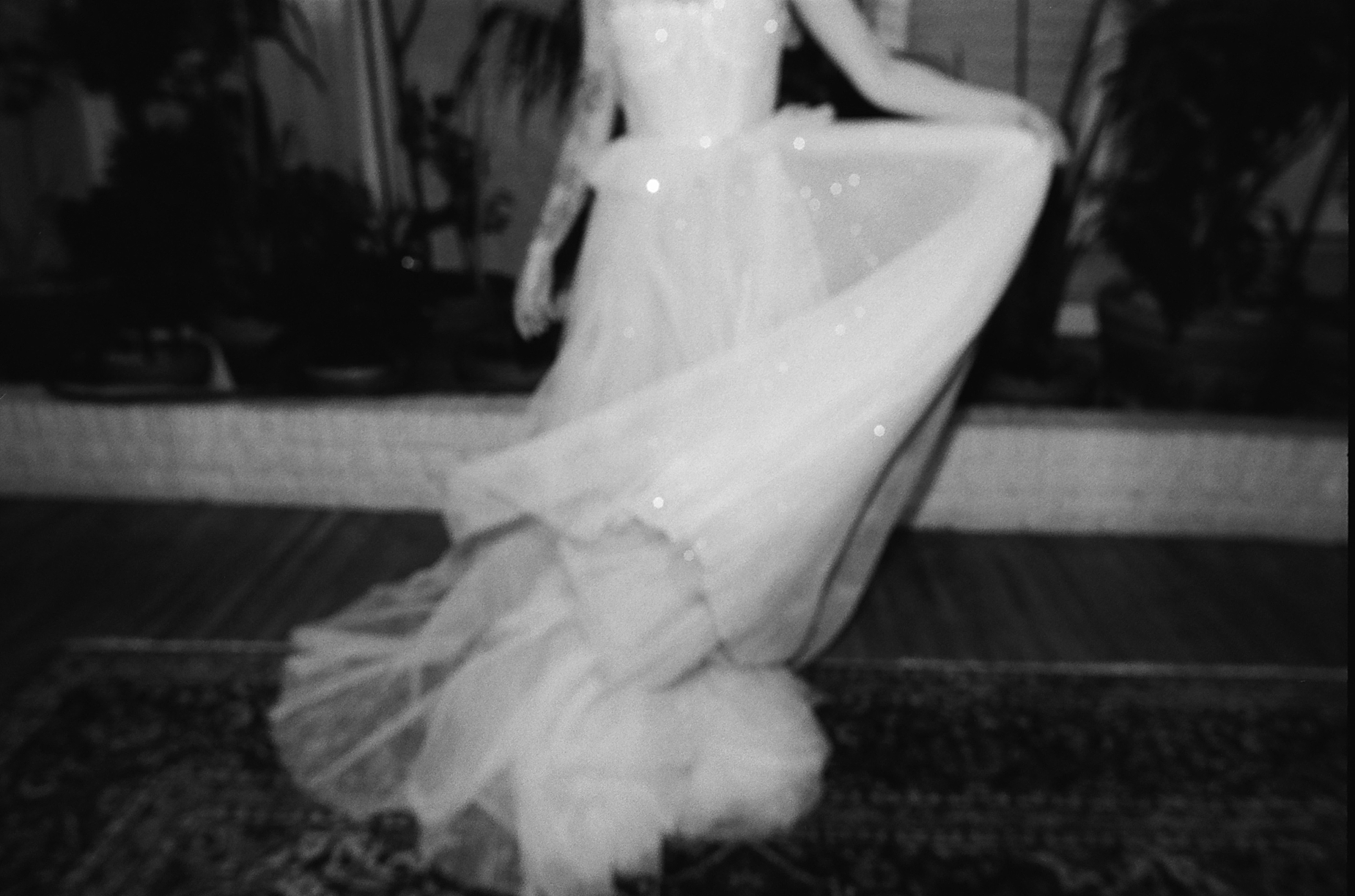
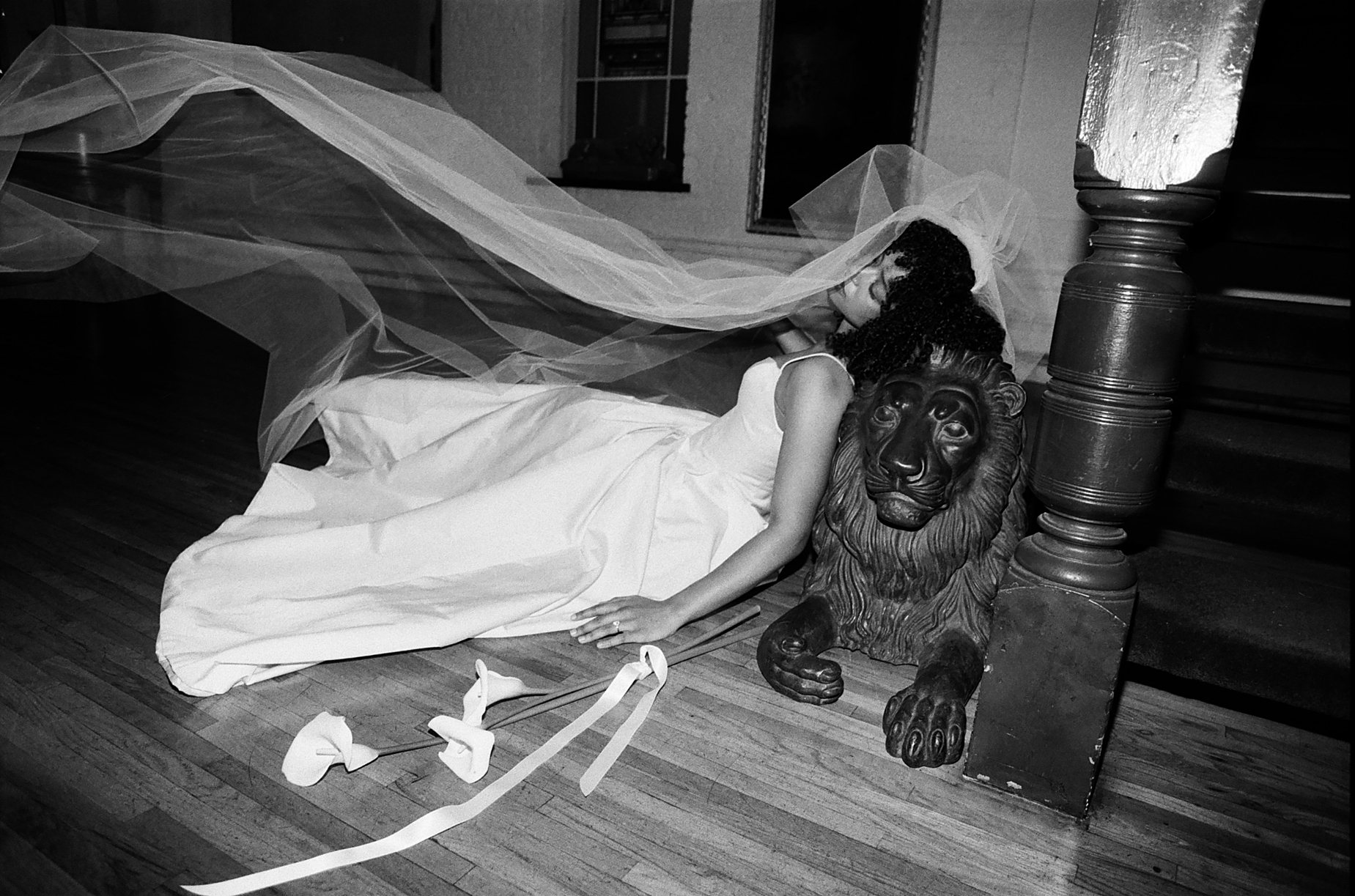

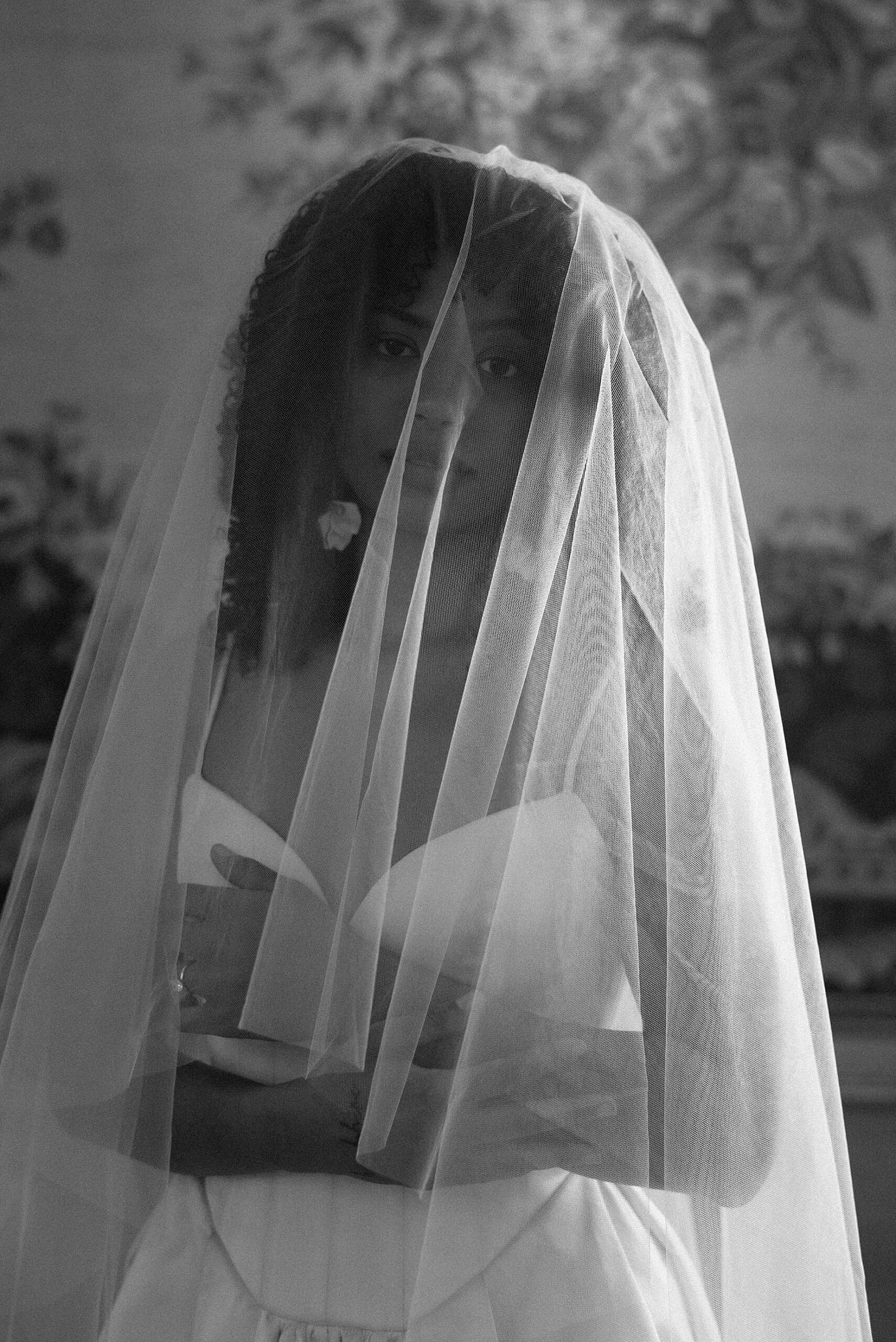


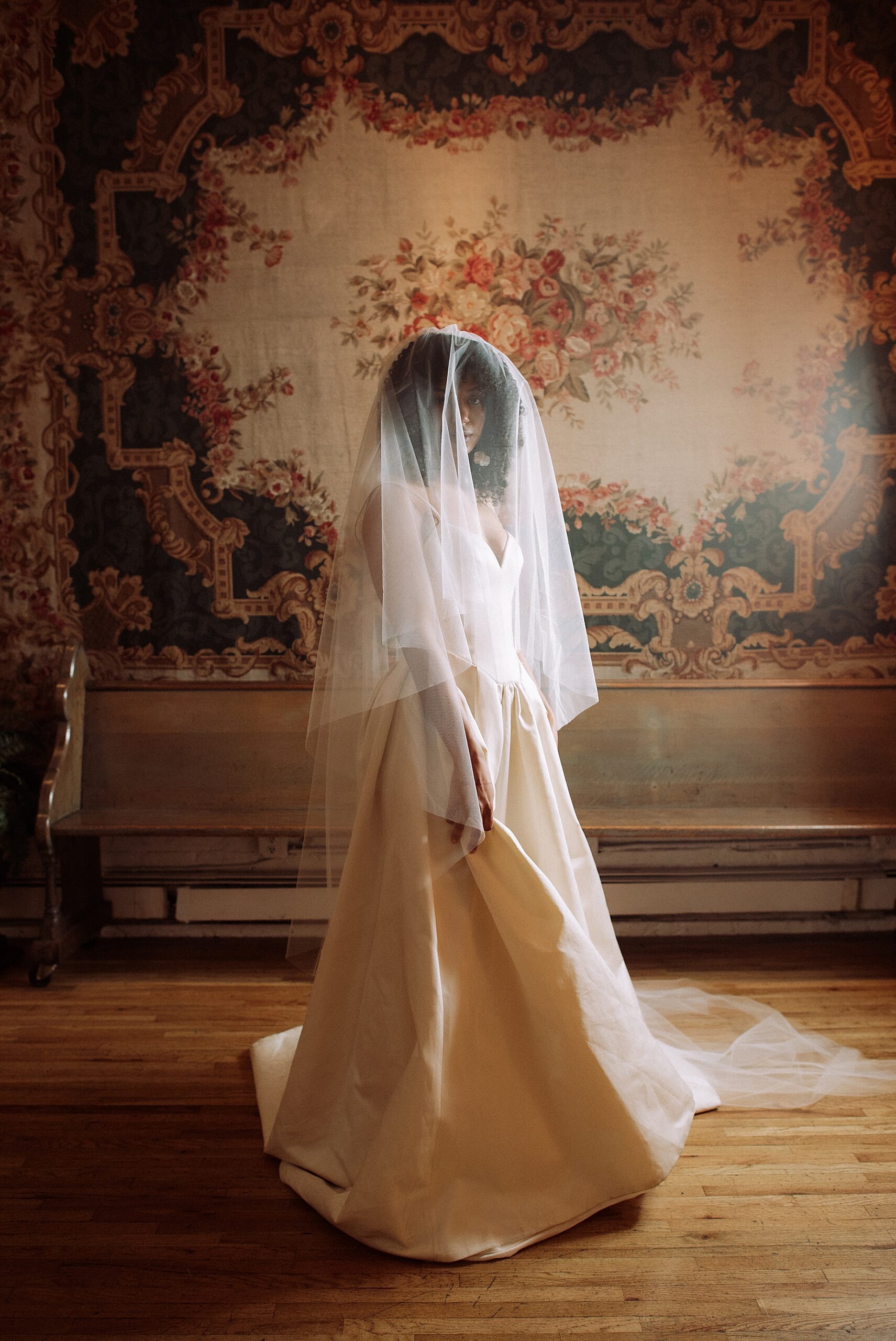
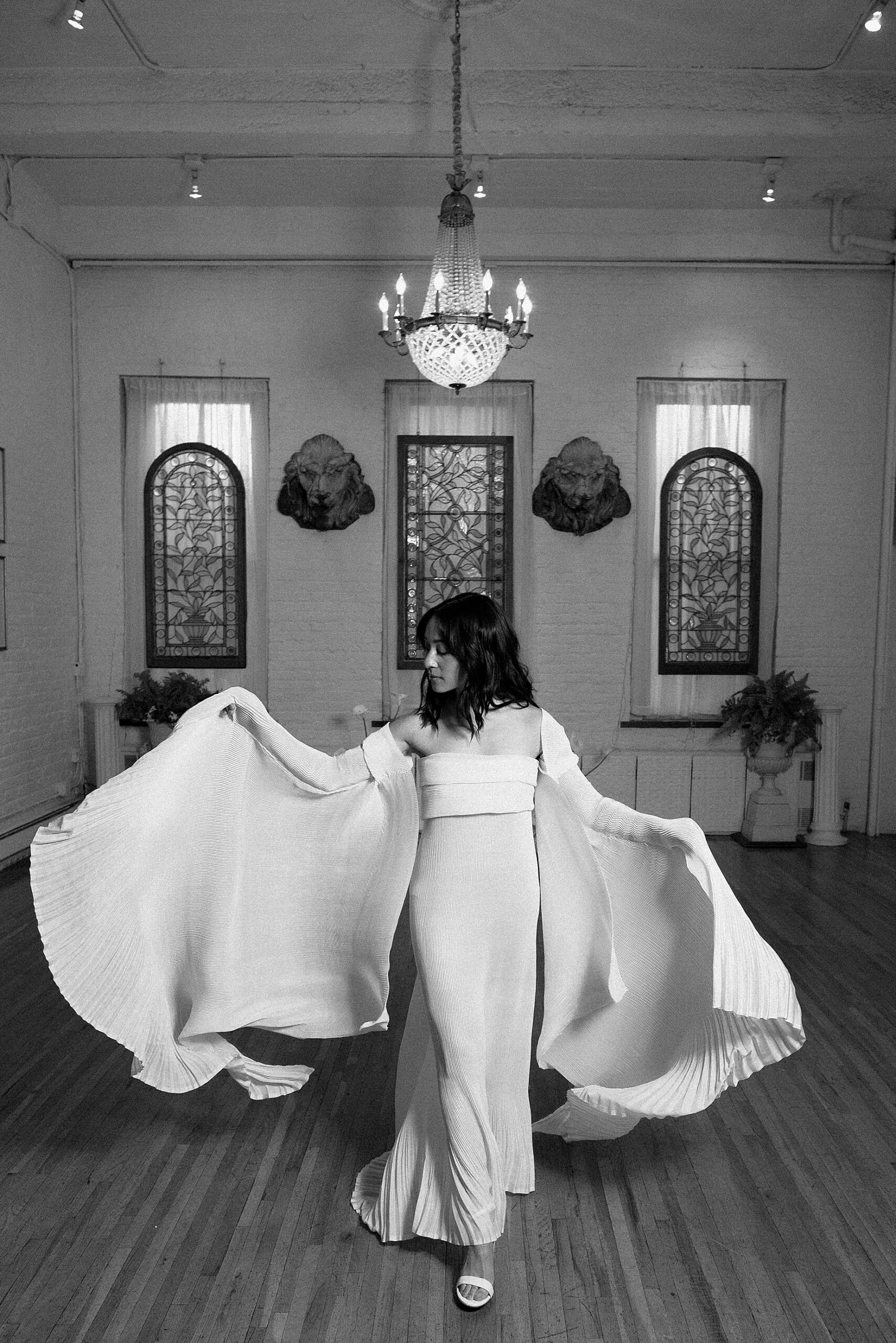


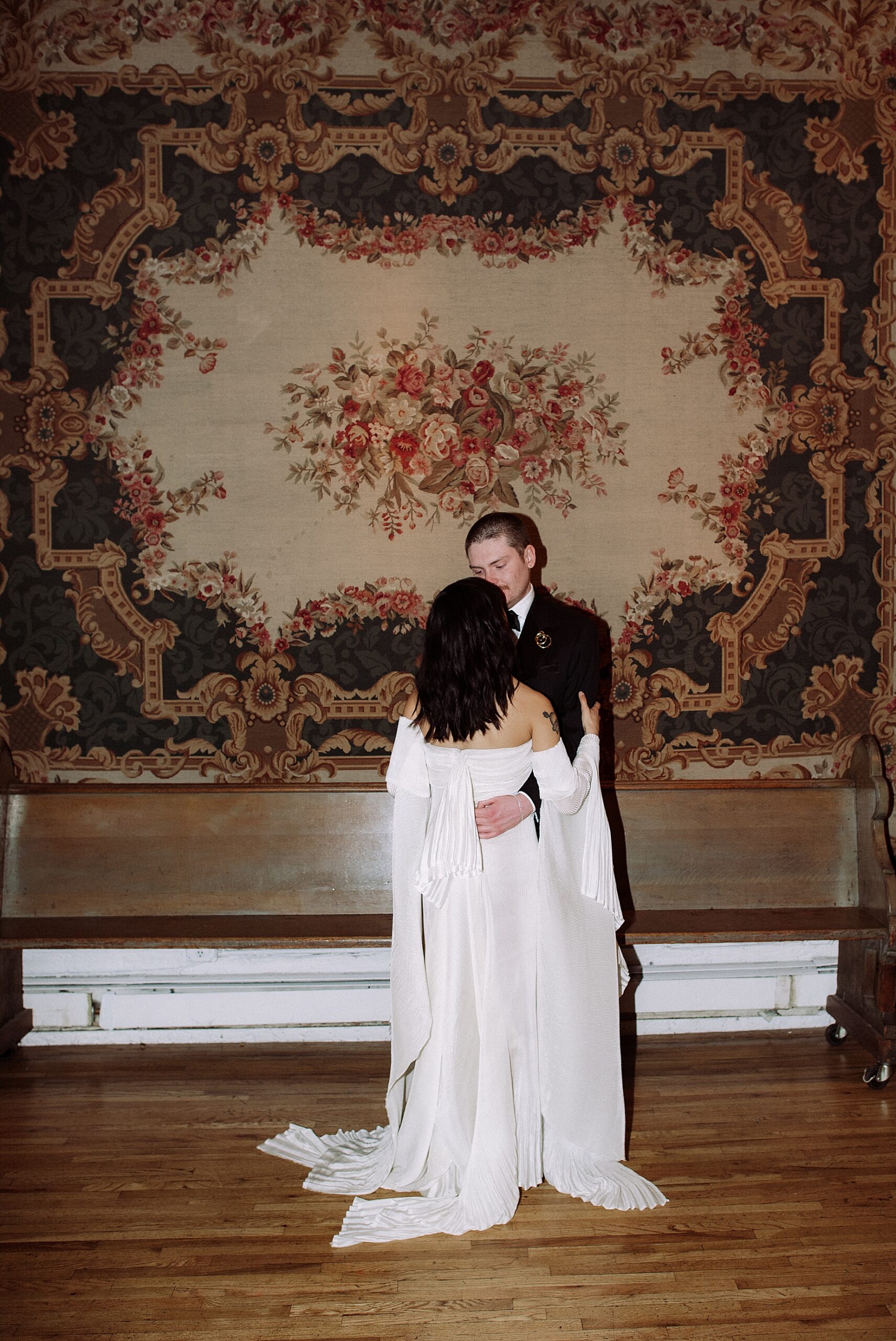

business coach for photographers
I’M EDEN - A DESTINATION WEDDING PHOTOGRAPHER TURNED BUSINESS COACH, NOW LEADING CREATIVE ENTREPRENEURS IN BUILDING A LIFE OF ARTISTIC GROWTH, WEALTH, AND FREEDOM.
WE ARE A QUEER AFFIRMING, BIPOC INCLUSIVE, SAFE AND LOVING SPACE. NOTHING LESS THAN CELEBRATION FOR EVERYONE WILL BE TOLERATED IN OUR ONLINE SPHERE. HATRED AND BIGOTRY ARE NOT WELCOME HERE.